Deals, Delusions, and a Shifting Regional Chessboard
Deals, Delusions, and a Shifting Regional Chessboard
By Islam Farag, from Cairo / Egypt
It can be argued that U.S. President Donald Trump’s first international tour, early in his presidency, to the three Gulf states—Saudi Arabia, Qatar, and the UAE—was merely a faithful reflection of his personal convictions, which viewed global affairs solely through the lens of deals. This perspective was notably captured in his famous 1980s book, The Art of the Deal, and his self-description as a “dealmaker.”
A Turbulent Region
Against this backdrop, it appears that the U.S. president astutely recognized that one of the world’s wealthiest regions, the Gulf states, situated in a volatile, complex, and perpetually unstable region, requires security guarantees to ensure protection and stability, lest it find itself at the mercy of a devastating storm. While Trump sought financial gains to bolster the American economy—gains that could be translated into political victories before his restless electorate, frustrated by the chaos in financial markets due to his imposition of tariffs on key U.S. trading partners—his visit to these three nations provided an opportunity for a transactional exchange between Washington and the Gulf capitals.
During this opportunity, the Gulf states offered the one thing they could provide: money, in the form of arms purchase contracts, investment agreements, and memoranda of understanding with American companies, alongside lavish gifts that might satisfy the ego of a president known for his self-admiration—gifts that could be justified by the renowned Arab hospitality celebrated in ancient tales. In return, Trump claimed to have secured four trillion dollars in a single trip. Despite some exaggeration in these figures—confirmed by the fact that the Gulf states’ reserves are far less than announced, that most deals are based on non-binding memoranda, and that the actual funds will be injected into the U.S. economy over years rather than immediately—Trump succeeded in delivering a dazzling display, inaugurating a new chapter in politics and international relations. This chapter prioritizes the concept of the “deal” above all else, dismissing international law, geopolitical considerations, and the moral and humanitarian dimensions of global politics.
It cannot be denied that any politician’s primary goal is to advance their country’s and people’s interests, often through mutual deals with international counterparts. However, such actions should ideally align with a comprehensive strategy rooted in international responsibility. Did Trump operate within this framework during his visit? And did Gulf leaders leverage the visit to achieve gains beyond their regional borders?
The U.S. president’s visit to the Middle East came at a time when the region is engulfed in turmoil: an ongoing Israeli war on Gaza, lasting over a year and a half, has violated all humanitarian norms and crossed every red line of international law; regional tensions persist due to the potential for strikes on Iran amid faltering negotiations over Tehran’s nuclear program; and uncertainty surrounds Syria’s prospects as a unified, stable state following the collapse of Bashar al-Assad’s regime and the rise of rebels to power. In this context, major powers compete for influence in this vital region, with China strengthening its presence in recent years through the Belt and Road Initiative and strategic partnerships with regional states.
On the global stage, oil markets face significant volatility amid international pressure to transition to clean energy—a critical issue as the Trump administration seeks to secure energy supplies and stabilize prices, even at the expense of oil-producing Gulf states, whose budgets rely heavily on revenues from this vital commodity.
An Arab Shock
Before the visit, observers anticipated that the Gulf states would play a significant role in influencing the U.S. president to leverage American influence over Israel to halt its genocidal war against unarmed civilians in Gaza. However, the Arab public was shocked when the visit concluded without any apparent effort—symbolic or otherwise—by the Gulf states to press their guest on this issue. This absence was evident in the lack of any statements regarding the ongoing war during the visit. Trump, for his part, offered nothing substantial to his hosts on this matter, especially since Hamas preempted his visit by releasing an Israeli-American hostage, Eidan Alexander, without concessions, which might have been expected to prompt some gesture in favor of Gaza’s suffering civilians.
Some might argue that Trump’s silence on the war during his visit was an attempt to avoid offending his Gulf hosts, given his pro-Israel stance. According to this view, discussions on the issue likely took place behind closed doors, particularly since Qatar mediates between Hamas and Israel, and Saudi Arabia conditions normalization with Israel on ending the war and establishing a Palestinian state—a factor explaining the lack of progress on Saudi-Israeli normalization during the visit. However, the concessions Gulf leaders secured from Trump regarding Syria and Iran suggest they could have extracted tangible gains for the Palestinian cause.
Saudi Influence
Saudi Arabia seized Trump’s visit as an opportunity to cement its influence in Syria at Iran’s expense. The Kingdom successfully persuaded the U.S. president to personally announce the lifting of sanctions on Damascus. Additionally, it arranged a meeting between Trump and Syria’s de facto leader, Ahmad al-Sharaa, in the presence of Saudi Crown Prince Mohammed bin Salman. This move marked the birth of Saudi influence in Syria, positioning Riyadh as the conduit for any rapprochement between Washington and Damascus.
In this regard, Saudi and American interests align: Riyadh seeks to integrate Damascus into the regional and international order under its oversight, while Washington aims to bring Syria into the Abraham Accords with Israel. Regardless of these details, Trump’s meeting with al-Sharaa and the announcement of lifted sanctions on Damascus during his time in Saudi Arabia underscore Syria’s priority for the Kingdom, far outweighing the situation in the occupied Palestinian territories.
This led some analysts to interpret the Gulf’s stance as aligned with the U.S. position. They argue that Gulf states, particularly Saudi Arabia and the UAE, not only seek to disarm the Palestinian resistance but also do not oppose U.S. scenarios for Gaza, including Trump’s previously stated desire to evacuate the sector’s population to develop it as a new “Riviera” under American administration.
Egyptian Bitterness
Analysts bolstered their view by noting the absence of most Gulf leaders from the Arab Summit held in Iraq following Trump’s visit. The war on Gaza was a central topic of the summit, but the prevailing sentiment was the bitterness expressed by Egyptian President Abdel Fattah el-Sisi regarding Arab states’ rush to normalize with Israel. Preventing the displacement of Palestinians from Gaza is a matter of Egyptian national security. Cairo interpreted the outcomes of Trump’s Gulf visit as implicit approval by these states for a displacement scenario as a precursor to peace agreements with Tel Aviv. Sisi’s speech warned against this trend, stating.
“Even if Israel succeeds in signing normalization agreements with all Arab states, lasting, just, and comprehensive peace in the Middle East will remain elusive without the establishment of a Palestinian state in accordance with international legitimacy”, he said
This statement from Cairo served as a warning highlighting the fallacy of the Gulf’s bet on normalization with Israel as a path to regional stability. Egypt not only foresees the sidelining of Palestine as a unifying Arab cause but also predicts further Arab division, with signs refer to that the Gulf gradually disengaging from the Arab world, its issues, and its institutions.
Qatari and Emirati Gains
The Gulf’s contradictory stance is evident in its handling of the Syrian and Palestinian issues, revealing a willingness to accept Israeli influence in the region as long as it counters Iran’s, which has long been a source of concern for Gulf capitals. Israel’s role in dismantling Iran’s regional proxies, such as Hezbollah in Lebanon and the Houthis in Yemen, was met with clear relief in the Gulf, particularly in Saudi Arabia, as it paved the way for the removal of Bashar al-Assad’s regime in Syria—a key arena for Tehran’s influence, which encircles the Gulf alongside its presence in Iraq and Yemen.
The ideal scenario for Gulf states regarding Iran’s influence would be strong U.S. guarantees to protect the region from any aggression and stringent conditions to address any Iranian nuclear threat. However, a U.S. strike on Iran’s nuclear facilities is unlikely to gain unanimous Gulf support, as it would require careful calculations to avoid a catastrophic scenario where Tehran directs retaliatory actions against Gulf states’ infrastructure and oil facilities.
Just as Saudi Arabia secured gains in the Syrian issue, Qatar did so regarding Iran. While the announcement lifting sanctions on Syria came from Saudi Arabia, Trump’s statements on Iran were made in Qatar. During the visit, there was a noticeable shift in Trump’s stance toward Tehran, moving from military confrontation to emphasizing serious negotiations with Iran’s regime over its nuclear program, nearing an agreement that could lead to peace. This shift cannot be divorced from its context. Qatar, among the Gulf states, is the least inclined toward war with Iran, still grateful for Tehran’s support during the Gulf blockade years ago. This position has led Qatar to recognize that cooperative and friendly ties with Iran provide a strategic asset and a counterbalance against regional adversaries.
Trump acknowledged Qatar’s significant role in shifting U.S. policy toward Iran from confrontation to negotiation.
Trump praised Qatar’s leadership, specifically Emir Sheikh Tamim bin Hamad Al Thani, for resisting calls within Washington and its allies to deliver a “hard blow” to Iran.
“Iran should seriously thank the emir of Qatar, because there are others who want to deal a hard blow to Iran, unlike Qatar”, Trump said.
“Iran is very lucky to have the emir because he’s actually fighting for them. He doesn’t want us to do a vicious blow to Iran”, He added.
Naturally, Saudi Arabia and the UAE responded cautiously to this shift to preserve their strategic alliance with the U.S. and secure the gains from the visit.
The UAE achieved its economic and technological ambitions, long aspired to, by becoming a key U.S. partner in data centers and artificial intelligence. During the visit, the UAE laid the foundation for partnerships with American tech giants such as Google, Qualcomm, DataVolt, and others.
Priorities Revealed
As Trump’s visit made clear, the Gulf states’ choices in other issues became equally apparent. In recent years, some observers noted that Gulf states have diversified and strengthened ties with global powers like China and Russia to balance their reliance on the U.S. and diversify strategic bets. Indeed, these states have sought to enhance cooperation and strategic, economic, technological, and political partnerships with Beijing. However, the scale and nature of the deals, partnerships, and investments secured by Trump during his tour confirm beyond doubt that the Gulf’s primary bet remains on the U.S., with relations with Beijing serving as little more than a form of public relations.
Although technical, economic, and market-driven reasons underpinned OPEC’s decision, led by Saudi Arabia, to increase production quotas shortly before the visit, this decision directly serves Trump’s electoral agenda of lowering energy prices to benefit American manufacturers and consumers. Analysts do not rule out that one motive behind the decision was to appease the U.S. president and provide him with a card he needs for his economic policy. They note that Saudi Arabia and other Gulf states have made such concessions to Washington multiple times before, a move they would not entertain in their relations with China.
Ultimately, Trump’s visit revealed that the world of political deals knows no red lines. However, if there is a positive takeaway, it is that the visit exposed the true priorities of nations, no matter how much their actions are cloaked in diplomacy or moral rhetoric. Trump, true to form, was candid and reaped the financial rewards he sought, while the Gulf states, in a moment of truth, purchased what they truly needed—not what they claimed to need.
The question remains, however, and beyond the financial endowments provided by Gulf states to the U.S. President: Was the price they paid, in exchange for what they perceived as political gains ensuring future influence, truly worth it? We are unequivocally living in a volatile and turbulent region, and regional and international actors possess enough leverage to completely alter the current geopolitical landscape.
Any bet that the region’s landscape will be solely dominated by Saudi and Israeli influence, backed purely by American support, is a pure illusion. Egypt, Iran, Turkey, and China will not remain idle for long. Each has too much to lose, and it won’t be long before we witness sudden shifts on the chessboard, forcing everyone to recalculate their positions.




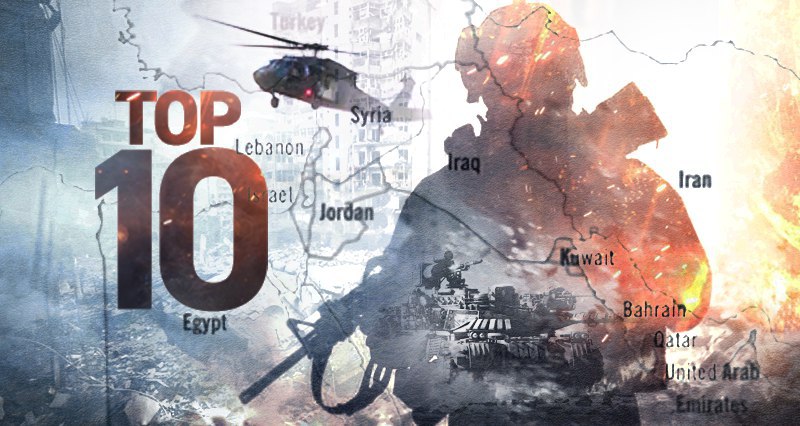


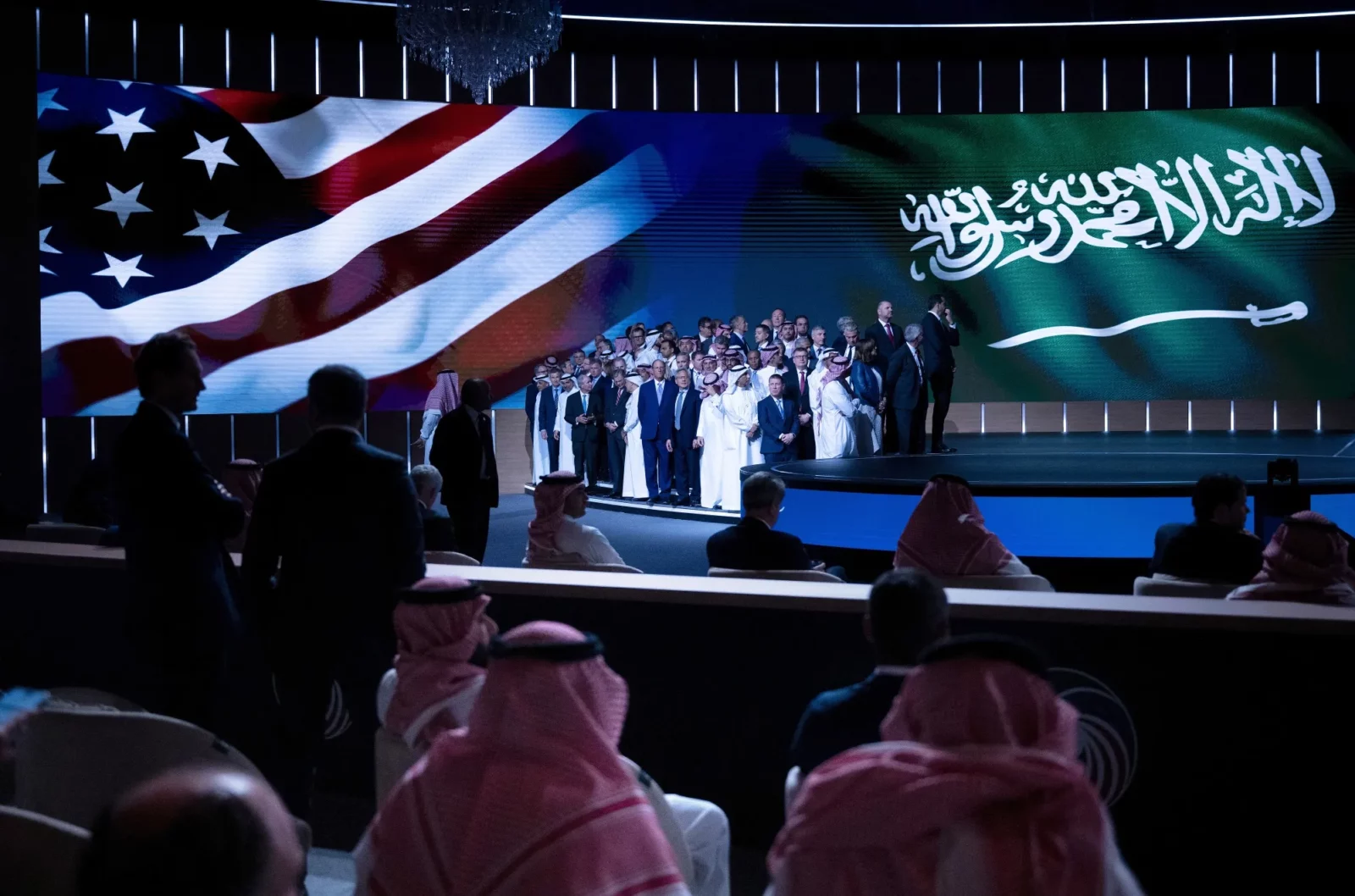
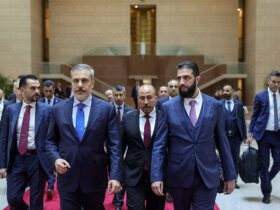
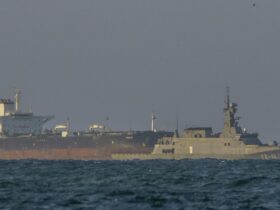
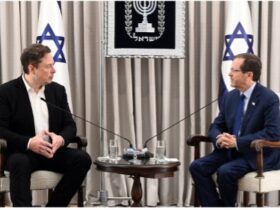
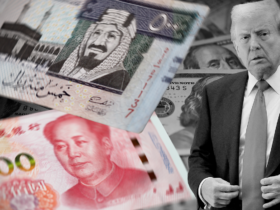
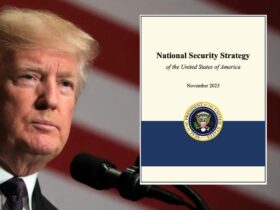
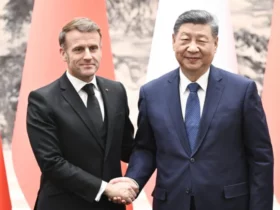

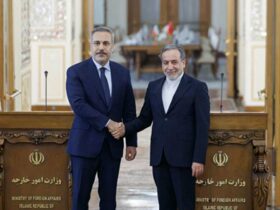
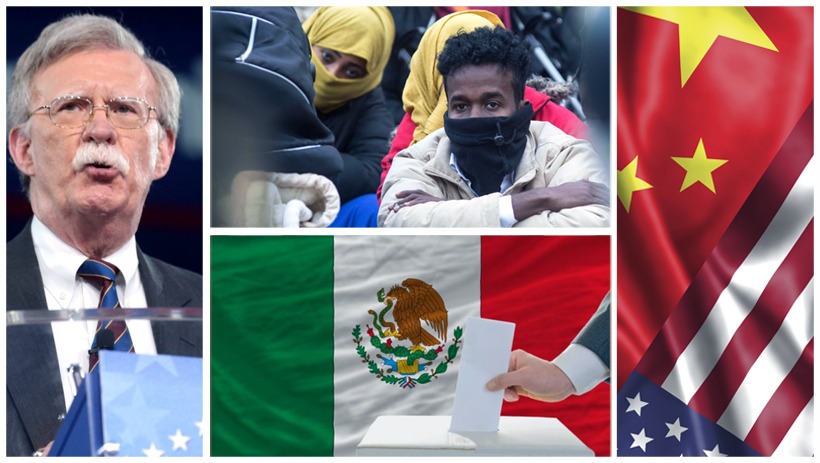
Leave a Reply